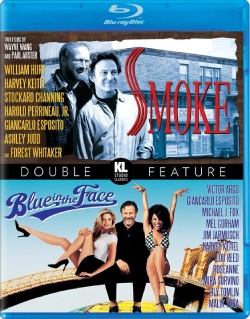Now that this year’s Oscar nominees have been announced, you might be wondering what it takes to be counted in that illustrious number. Many of you on this website have some interest in getting into the film industry. Some of you want to be stars and dazzle audiences with your performances, while others want to be acclaimed directors in the vein of Hitchcock or Scorsese. Take heart, aspiring actor/director/screenwriter, etc., for the February edition of the American Sociological Review will include scientifically-vetted guidance about how to increase the “Oscar-appeal” of your future endeavors. A group of sociologists from the University of California – Los Angeles researched “the economic effects of prizes with implications for the diversity of market positions, especially in cultural fields.” According to the researchers,
Many prizes have three notable features that together yield an emergent reward structure: (1) consumers treat prizes as judgment devices when making purchase decisions, (2) prizes introduce sharp discontinuities between winners and also-rans, and (3) appealing to prize juries requires costly sacrifices of mass audience appeal.
They decided to test this theory by analyzing the Oscar-nominated film that came out between the years of 1985 and 2009. Over the course of the study, the researchers developed an algorithm that can measure a film’s “Oscar appeal.” According to the algorithm, the films with the highest Oscar appeal followed these rules, as summarized by Pacific Standard:
1. Stick to the genres of “drama, war, history, and biography.” Avoid: “horror, science fiction, action, and family.”
2. Plot points vary a bit, but try crafting the story around “political intrigue, disabilities, war crimes, and show business.” Best to avoid plot points like “animal attack, sword fight, and eaten alive.”
3. Release the movie near the end of the year. “This finding is consistent with the practice of Oscar-contending films having a qualifying run (i.e., a token theatrical release) around Christmas.”
4. Hand the project to the independent division of your enormous studio. “We find that the most advantageous type of distributor for attaining Oscar nominations is the ‘independent films’ subsidiary of a major studio (e.g., Sony Pictures Classics or Focus Features). These specialty divisions outperform mainstream divisions of major studios and true independent distributors.”
5. Go for the R rating. “This rating gives more artistic flexibility, which tends to be favored by prize voters,” the authors note.
6. Recruit directors with previous Oscar nominations. “In our analysis, prior nominations are statistically significant for directors but not for writers or actors.”
It is a bit sad to see that there is a limited amount of movie types that are most likely to win prestigious prizes. I know, your PG-13 space opera summer blockbuster rife with chase sequences and fight scenes should be worthy of the Academy’s praise, but the numbers say that’s highly unlikely. Still, even if you flout these findings and the recommendations that come with them, your film can still make an absurd amount of money, and isn’t that the greatest award of all?






